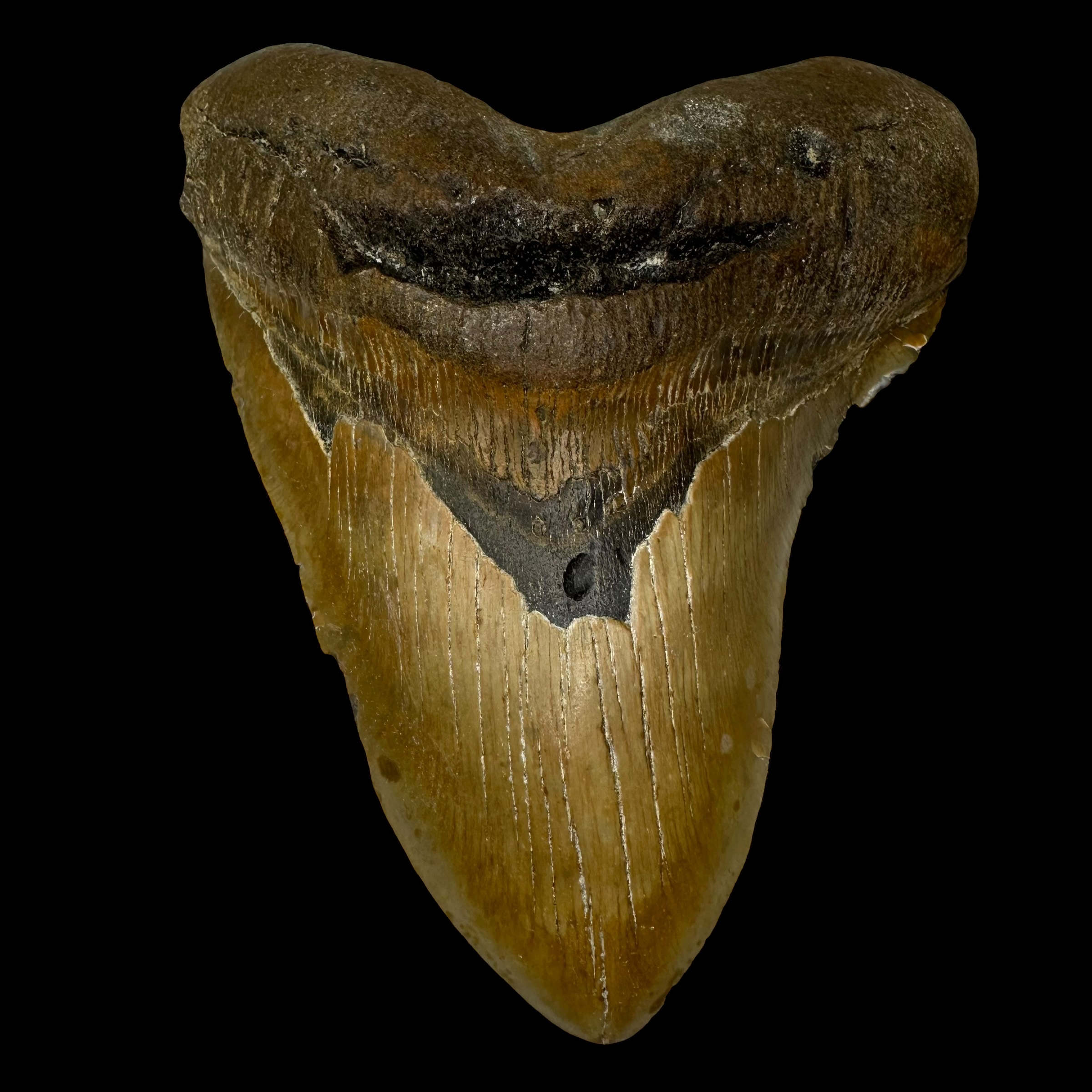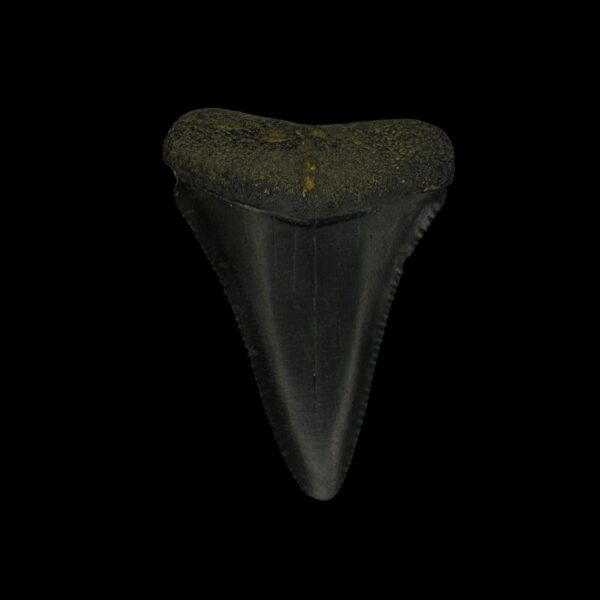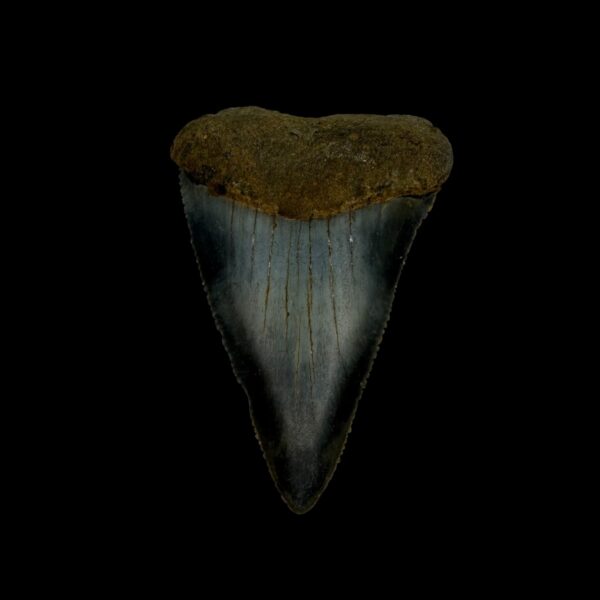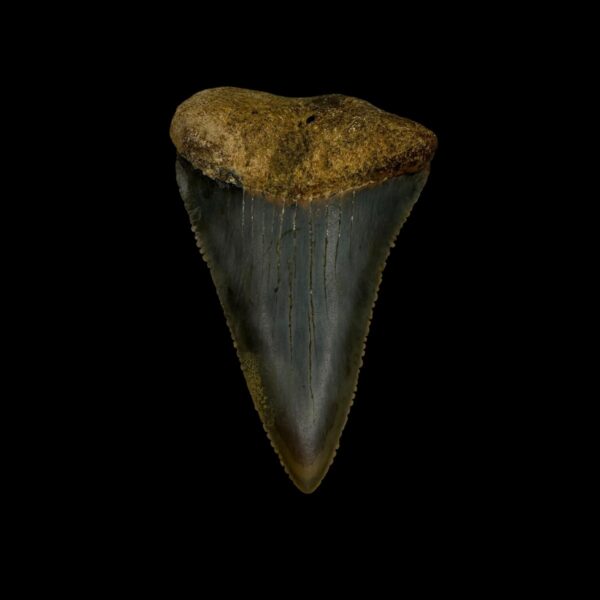Authentic Megalodon Teeth: Own a 100% Real Prehistoric Fossil Today!

🦷 Authentic Megalodon Teeth: Prehistoric Giants of the Ocean
🌊 Discover the Legacy of Megalodon Teeth
Millions of years ago, the Megalodon (Otodus megalodon) dominated the oceans as the ultimate apex predator. With an estimated length exceeding 60 feet (18 meters) and a bite force of over 40,000 pounds per square inch, it was the most powerful shark to ever exist.
But how do we know so much about a creature that vanished 3.6 million years ago? The answer lies in its fossilized teeth, offering a glimpse into the prehistoric ocean’s most fearsome predator.
🦷 The Colossal Size of Megalodon Teeth
Unlike modern sharks, whose teeth rarely exceed 3 inches (7.6 cm), these prehistoric relics could grow up to 7 inches (17.8 cm)—making them the largest shark teeth ever discovered!
📍 Where to Find Megalodon Teeth Today
Some of the world’s top locations for discovering these prehistoric remains include:
🌊 North Carolina, USA
🦷 South Carolina, USA
🏝️ Florida, USA
🏞️ Morocco
🇵🇪 Peru
🇦🇺 Australia
🔗 Shop Authentic Fossilized Shark Teeth at The Fossil Exchange
🔎 How to Find Megalodon Teeth
Want to uncover one of these incredible relics? Follow these expert fossil-hunting tips:
✅ Search along riverbeds and coastal erosion zones where fossils are naturally exposed. ✅ Look after storms, as waves can unearth buried specimens. ✅ Use a sieve or small shovel to sift through sand and sediment. ✅ Visit fossil-rich locations like Florida’s Peace River and South Carolina’s Cooper River. ✅ Join a guided fossil-hunting tour for expert insights and higher chances of discovery.
❌ Why Did the Megalodon Go Extinct?
Despite its dominance, the Megalodon eventually vanished. Scientists believe several factors contributed to its extinction:
🔥 Climate Change: Cooling ocean temperatures reduced available prey. 🐋 Increased Competition: Faster, smaller predators like early great white sharks may have outcompeted them. 🌊 Ecosystem Shifts: A decline in large whale populations could have led to food shortages.
🔗 Learn More About Megalodon Extinction at Smithsonian Megalodon Facts
⚡ The Legacy of Megalodon Teeth Lives On
Although the Megalodon disappeared millions of years ago, its teeth remain some of the most extraordinary prehistoric fossils. Owning one of these fossils is like holding a piece of history—a relic from the greatest predator to ever roam the seas.
🔗 Browse Our Collection of Authentic Megalodon Fossils at The Fossil Exchange
🪑 How Megalodon Teeth Became Fossils
Fossilization is a rare and fascinating process that preserves the legacy of prehistoric creatures. When a Megalodon lost a tooth, it would sink to the ocean floor and become buried under layers of sediment. Over millions of years, minerals such as phosphate and silica replaced the organic material, slowly transforming the tooth into a fossil. This process, known as permineralization, allows us to discover and collect these ancient relics today.
Some of the best-preserved specimens are found in deep-sea fossil beds, requiring skilled divers to retrieve them. The challenge of diving to extreme depths adds to the thrill of uncovering a true prehistoric treasure.
🏰 What Makes Megalodon Teeth Unique?
Did you know that these fossils come in a variety of colors? This variation is due to the different minerals present in the sediment where the tooth was buried. Some of the most common colors include:
🔵 Black or Dark Gray – Caused by phosphate-rich environments. 🟢 Green or Bluish Tints – Due to minerals like glauconite in the sediment. 🟡 Tan or Brown – Often found in river deposits with high iron content.
Collectors highly value uniquely colored specimens, making each fossil a one-of-a-kind treasure. The mineralization process not only preserves the tooth but also enhances its beauty, making it an incredible display piece.
🤔 How Megalodon Teeth Help Scientists Reconstruct Prehistoric Oceans
Each of these ancient fossils serves as a window into prehistoric seas, revealing crucial information about marine ecosystems from millions of years ago. The size, wear patterns, and chemical composition of these fossils help paleontologists determine:
🌊 Megalodon’s Diet: Isotope analysis of fossilized enamel reveals what prey it consumed. 👁 Migration Patterns: The distribution of teeth across different regions helps scientists understand its movement. 🌡️ Ocean Conditions: Chemical analysis provides insight into prehistoric water temperatures and ecosystems.
These discoveries continue to reshape our understanding of prehistoric marine life, proving that each fossilized tooth is more than just a relic—it’s a scientific treasure.
🔗 Find Your Own Piece of Prehistoric History with Authentic Megalodon Fossils at The Fossil Exchange


